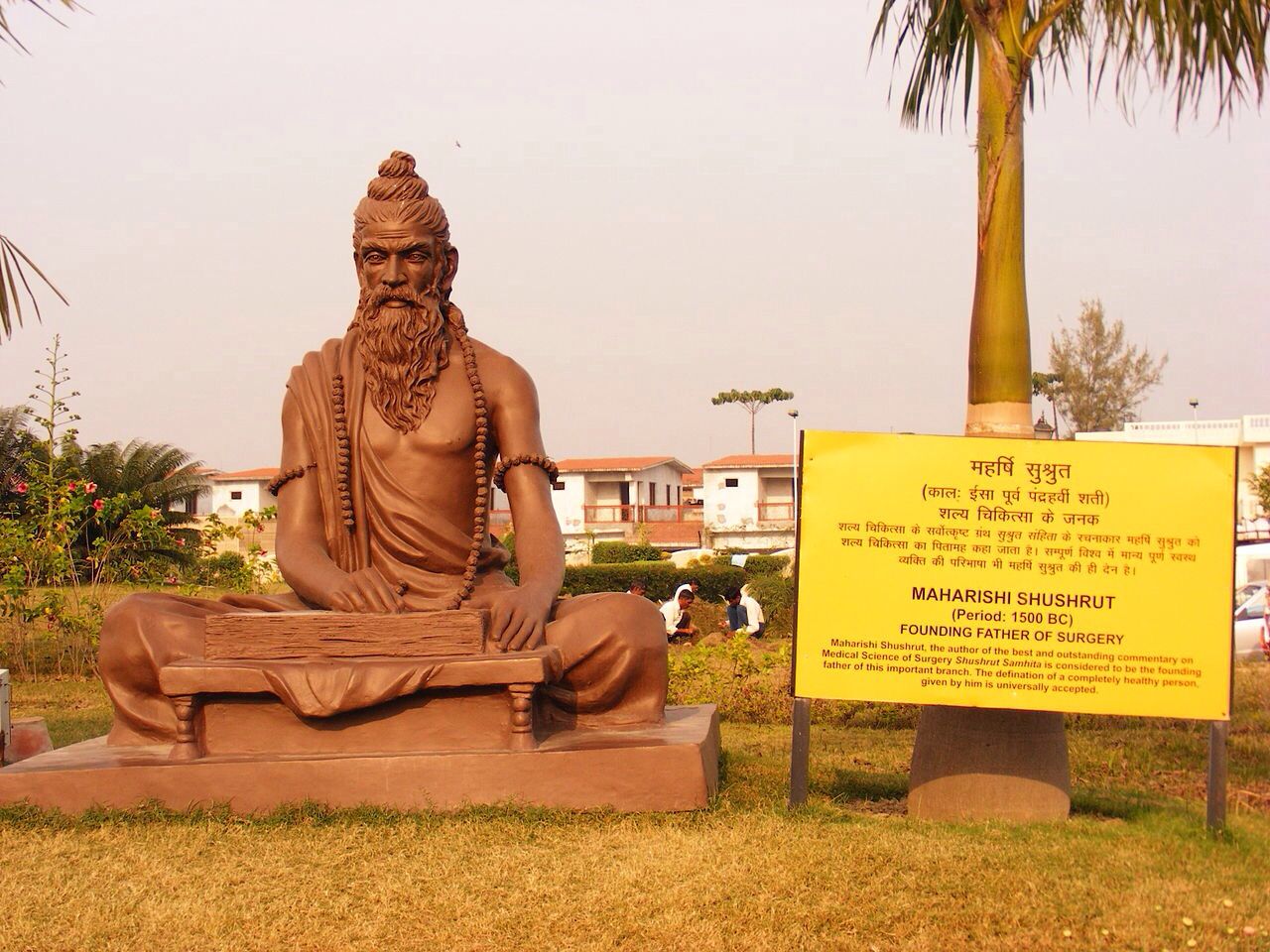The Charaka Samhita and Sushruta Samhita are two ancient Indian texts that have significantly contributed to the development and understanding of traditional Indian medicine, known as Ayurveda. These texts, dating back to more than two millennia, remain foundational to the practice of Ayurveda even today.
I. Charaka Samhita: The Comprehensive Guide to Ayurveda

- Origin and Authorship: The Charaka Samhita, often referred to as the “Charaka Samhita,” is one of the oldest and most authoritative texts on Ayurveda. It is attributed to the sage Charaka, believed to have lived around the 6th century BCE. Charaka’s teachings and observations formed the basis of this text, making it a profound compilation of ancient medical knowledge.
- Structure and Content: The Charaka Samhita is organized into eight sthanas (sections), each dealing with specific aspects of medicine and health. These sections cover a wide range of topics, including anatomy, physiology, disease classification, diagnosis, and treatment. One of its most significant contributions is the concept of tridosha theory, which postulates the balance of three doshas (Vata, Pitta, and Kapha) as vital for maintaining good health.
- Significance: Charaka Samhita is highly regarded for its systematic approach to medicine and its emphasis on preventive healthcare. It advocates a holistic approach to healing, taking into account not just the physical body but also the mind and spirit. The text’s principles of maintaining balance and harmony within the body have influenced not only Ayurveda but also traditional medicine systems worldwide.
II. Sushruta Samhita: The Pioneering Text of Surgery

- Origin and Authorship: The Sushruta Samhita, attributed to the sage Sushruta, is another ancient Ayurvedic text that dates back to around the same time as Charaka Samhita, between 600 BCE and 200 CE. Sushruta is considered the father of surgery and is revered for his pioneering contributions to the field of surgical science.
- Structure and Content: This text is primarily dedicated to surgical procedures and techniques. Divided into six sections, it covers various surgical topics, including anatomy, surgical instruments, principles of surgery, and descriptions of surgical procedures. The Sushruta Samhita also provides detailed instructions on how to perform surgeries, ranging from simple procedures to complex operations such as rhinoplasty and cataract surgery.
- Significance: Sushruta Samhita’s monumental contribution lies in its establishment of surgical principles and techniques. It laid the groundwork for surgical practices that are still relevant in modern medicine. The text’s emphasis on cleanliness, precision, and the use of specialized instruments demonstrates an advanced understanding of surgery for its time.
The Charaka Samhita and Sushruta Samhita are two invaluable treasures of ancient Indian wisdom that have left an indelible mark on the world of medicine. While Charaka’s work forms the foundation of Ayurveda, emphasizing holistic healthcare and the balance of bodily humors, Sushruta’s groundbreaking contributions to surgical science continue to inspire and guide surgeons today.
These texts are not only historical artifacts but living documents that continue to shape medical practice, research, and education in India and around the world. Their enduring relevance is a testament to the enduring wisdom of ancient Indian scholars and their commitment to the well-being of humanity through the principles of Ayurveda and surgical science.


